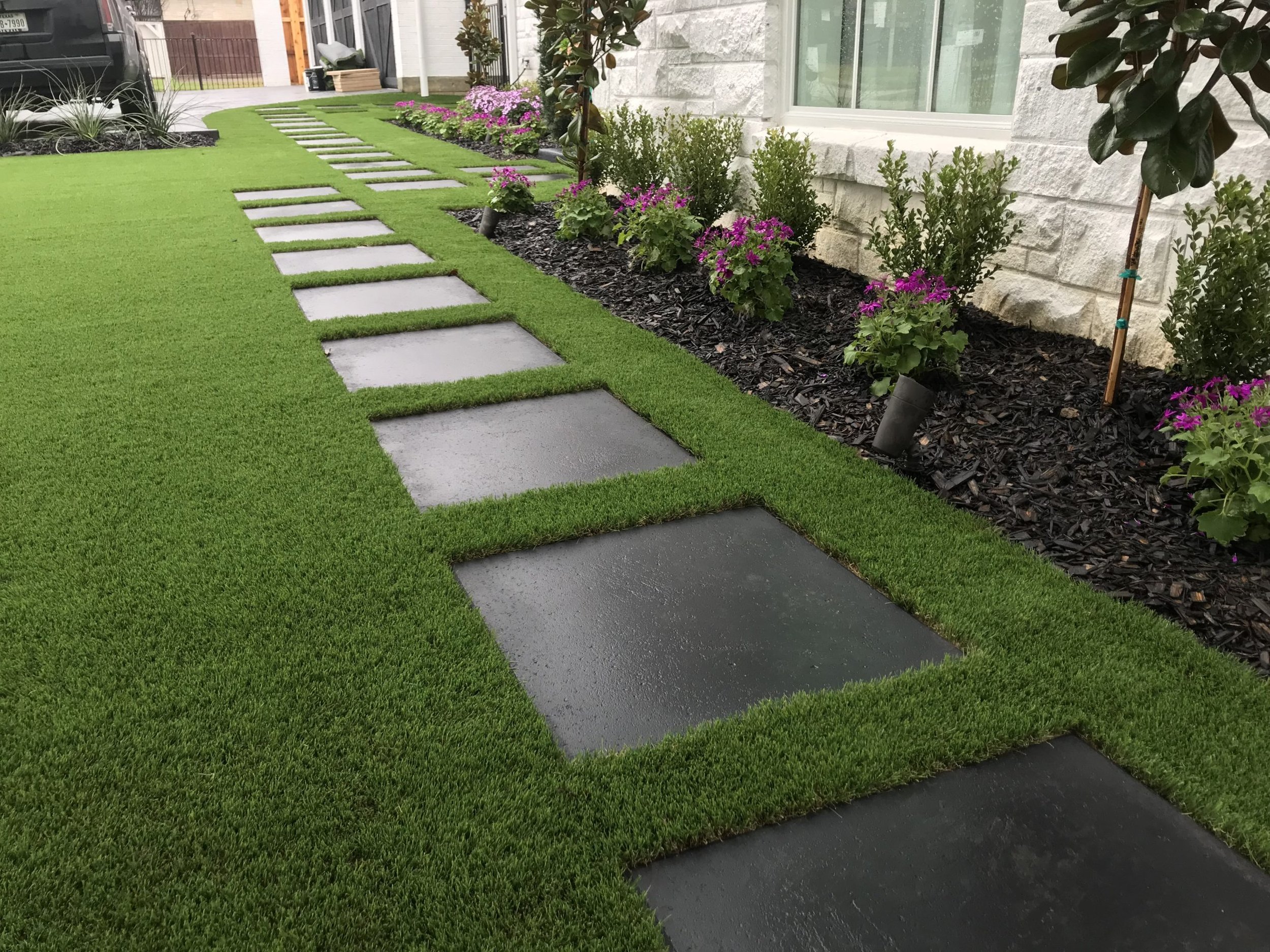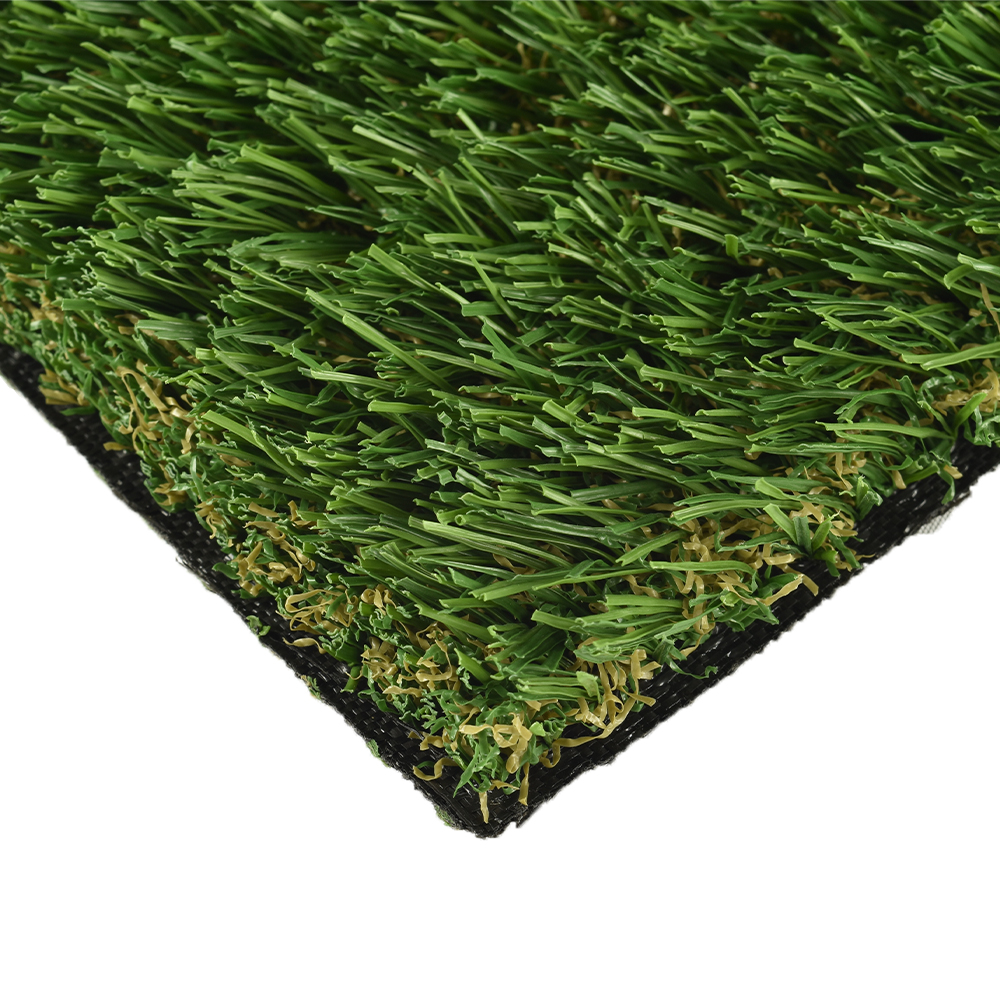Well-Known Artificial Turf Companies Phoenix for a Beautiful and Green Lawn
Well-Known Artificial Turf Companies Phoenix for a Beautiful and Green Lawn
Blog Article
See Why Homeowners Prefer Artificial Lawn for Lasting Landscape Design Practices
As house owners increasingly prioritize sustainability in landscaping, synthetic grass has become a compelling alternative to standard yard. Its capacity to preserve water, lower upkeep initiatives, and lessen environmental effect placements it as a practical selection for those looking for eco-friendly solutions. Furthermore, the visual allure and convenience of synthetic turf accommodate varied style preferences. However, the implications of this change expand past mere convenience and looks, triggering a closer exam of exactly how these choices affect wider environmental end results. What continues to be to be explored is the complete range of advantages that man-made grass can use to property owners and the setting alike.
Water Conservation Conveniences
One of the most significant benefits of synthetic grass is its duty in water preservation. Conventional lawn yards require significant amounts of water to preserve their lavish appearance, typically bring about overuse of local water resources, particularly in deserts. On the other hand, synthetic grass eliminates this need totally, as it does not call for irrigation. This not just preserves water but also decreases the stress on metropolitan water supply, particularly during dry spell problems.
Additionally, the installment of synthetic grass can add to an extra lasting landscape. Home owners can dramatically decrease their water costs, permitting reallocation of sources to various other ecological efforts or home uses. Additionally, synthetic grass is designed to stand up to numerous climatic conditions without the need for supplementary watering, making it an excellent choice for regions facing water deficiency.
The ecological advantages extend beyond prompt water financial savings. By lowering water intake, synthetic grass assists to minimize the effects of climate change, maintaining crucial environments that are threatened by too much water removal. As sustainable landscape design practices obtain grip, synthetic grass becomes a responsible selection for house owners seeking to produce environment-friendly outdoor spaces.
Reduced Upkeep Efforts
Synthetic grass substantially decreases upkeep efforts contrasted to conventional yard lawns. With fabricated turf, property owners can remove the lengthy jobs connected with all-natural landscaping, such as mowing, fertilizing, and weeding. This not just saves beneficial time however additionally decreases physical labor, making grass care easily accessible for people of all ages.
Among one of the most notable benefits is the lack of regular mowing. Typical lawns need regular cutting to maintain an aesthetically pleasing height, whereas fabricated turf stays continually lush without the need for cutting. Furthermore, house owners no much longer need to apply chemicals or plant foods, which are often required to maintain natural turf healthy. This change not just lightens the work yet additionally promotes a neater, a lot more consistent look year-round.
In addition, synthetic grass is sturdy and resilient, requiring marginal maintenance past occasional brushing and washing to eliminate debris. This convenience of upkeep permits home owners to appreciate their outdoor rooms without the consistent concern of maintenance, supplying more time for leisure and family tasks. Eventually, the decreased maintenance initiatives related to synthetic grass make it an attractive option for those looking for a low-maintenance, aesthetically appealing landscape.
Ecological Influence Reduction
There is a growing acknowledgment of the ecological advantages connected with synthetic turf, especially in regards to water preservation and lowered chemical use. Traditional yards need Home Page considerable quantities of water, specifically in drought-prone regions, bring about enhanced stress on regional water resources. On the other hand, synthetic grass removes the need for irrigation, dramatically lowering water intake and advertising sustainability.
In addition, standard grass upkeep usually entails the application of fertilizers, pesticides, and herbicides, which can add to dirt and water air pollution. Man-made grass alleviates this environmental risk by requiring minimal maintenance and practically eliminating the demand for unsafe chemicals. This not just improves soil health yet likewise safeguards local ecosystems from poisonous overflow.
Furthermore, the production of all-natural yard lawns typically entails the use of nonrenewable fuel sources for cutting and landscaping tools, additional contributing to greenhouse gas exhausts. By selecting synthetic grass, house owners can considerably decrease their carbon footprint connected with yard care tasks.
Aesthetic Allure and Flexibility
In enhancement to its environmental advantages, synthetic grass uses significant aesthetic charm and versatility for landscaping. House owners can attain a lush, eco-friendly look year-round, removing the seasonal fluctuations frequently linked with all-natural grass. This constant visual not just boosts the visual appeal of a building but also adds to a refined and properly maintained appearance.
In addition, synthetic grass is available in a variety of structures, styles, and colors, enabling for personalization to fit private preferences and style motifs - Turf installation phoenix az. Whether used in residential gardens, commercial rooms, or entertainment locations, it can flawlessly incorporate right into varied landscape design styles, from contemporary minimalist to lush exotic setups
The adaptability of synthetic grass prolongs beyond plain look; it can be mounted in numerous places, including roofs, patio areas, and also indoor spaces, producing chances for distinct landscaping remedies. Furthermore, it is appropriate for a series of tasks, from kids's play areas to pet-friendly settings, supplying capability without endangering style.
Ultimately, the visual appeal and versatility of synthetic grass make it an attractive alternative for house owners seeking sustainable landscape design services that do not give up appeal for environmental obligation.

Long-Term Cost Savings
One of the most engaging benefits of man-made turf is its potential for lasting price savings. Unlike natural grass, which requires Clicking Here normal upkeep-- including mowing, watering, fertilizing, and parasite control-- fabricated lawn substantially decreases these ongoing expenditures.
In addition, man-made turf has a life-span of 15 to 25 years, depending upon its high quality and use. This longevity lessens replacement prices, making it a much more economical choice over time. The preliminary investment in man-made turf can usually be recovered via the cost savings built up over time.
While the upfront price may appear greater compared to turf installation, the collective savings from lowered maintenance and water usage often exceed these first expenditures. Eventually, the fostering of man-made turf not only advertises a lasting landscaping option yet also uses homeowners an economically wise alternative that aligns with long-lasting budgeting objectives.
Final Thought
Synthetic turf arises as an engaging alternative for lasting landscaping, providing his explanation significant advantages in water conservation, reduced upkeep initiatives, and reduced environmental impact. As communities significantly focus on ecologically friendly techniques, the fostering of man-made grass stands for a dynamic step toward attaining resilient and lasting landscapes.
Furthermore, artificial lawn is created to endure different climatic problems without the requirement for supplemental watering, making it an ideal option for regions encountering water shortage. (Phoenix turf companies)

Artificial grass arises as an engaging alternative for lasting landscaping, providing significant benefits in water preservation, minimized maintenance efforts, and diminished ecological effect.
Report this page